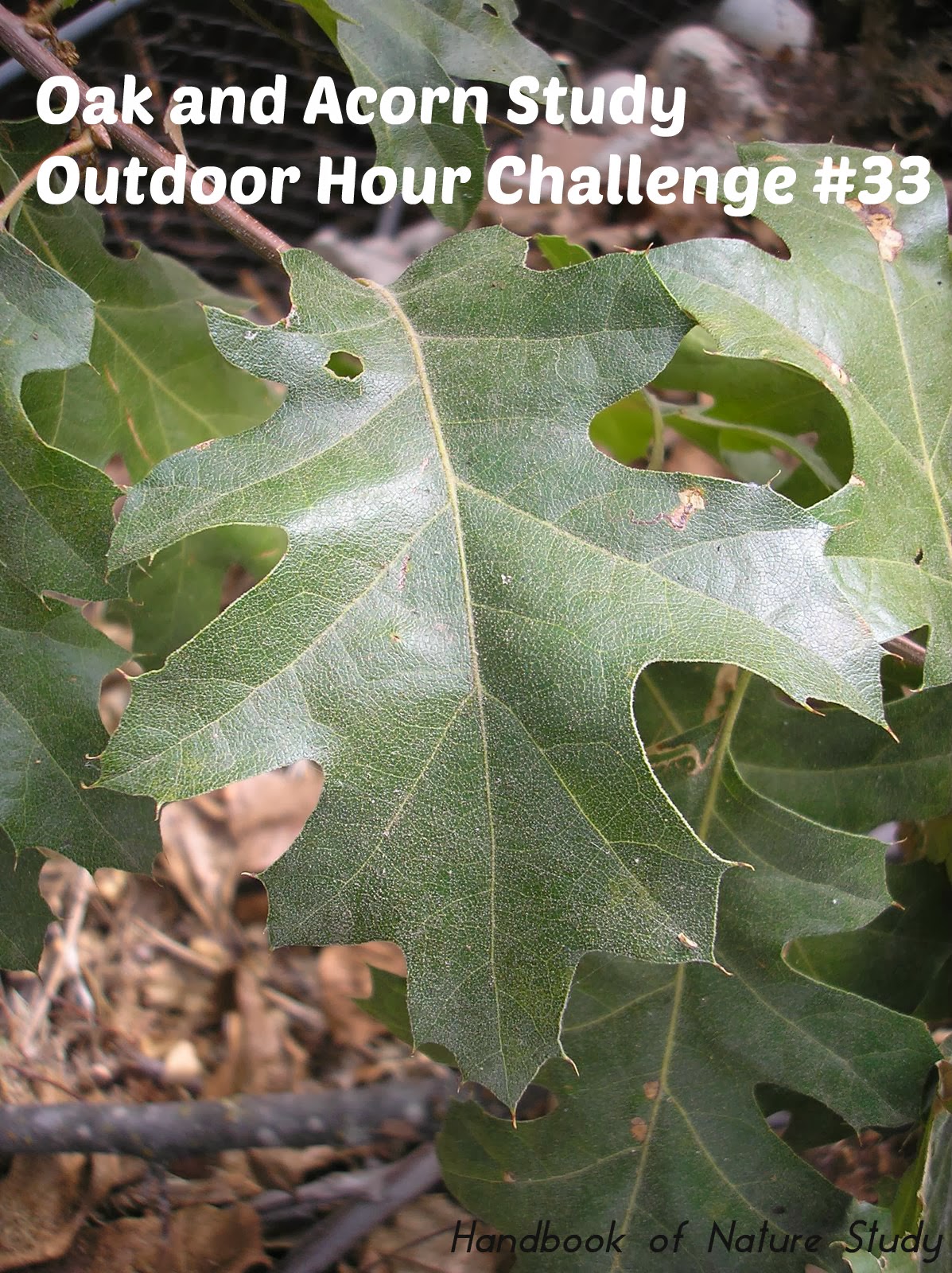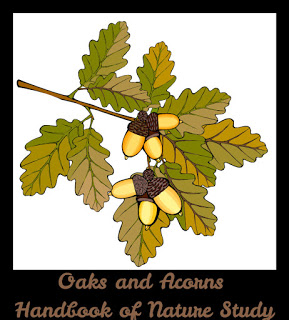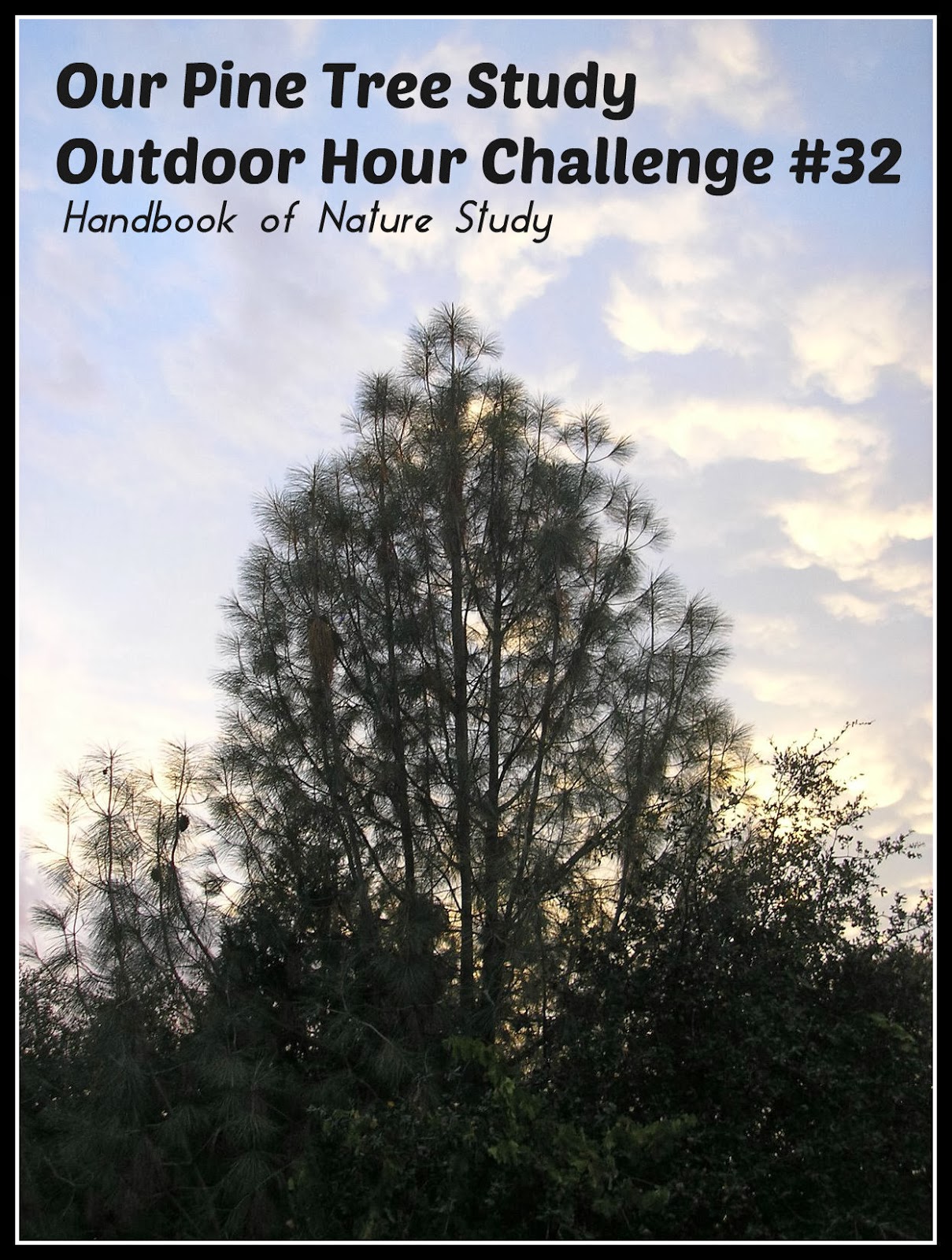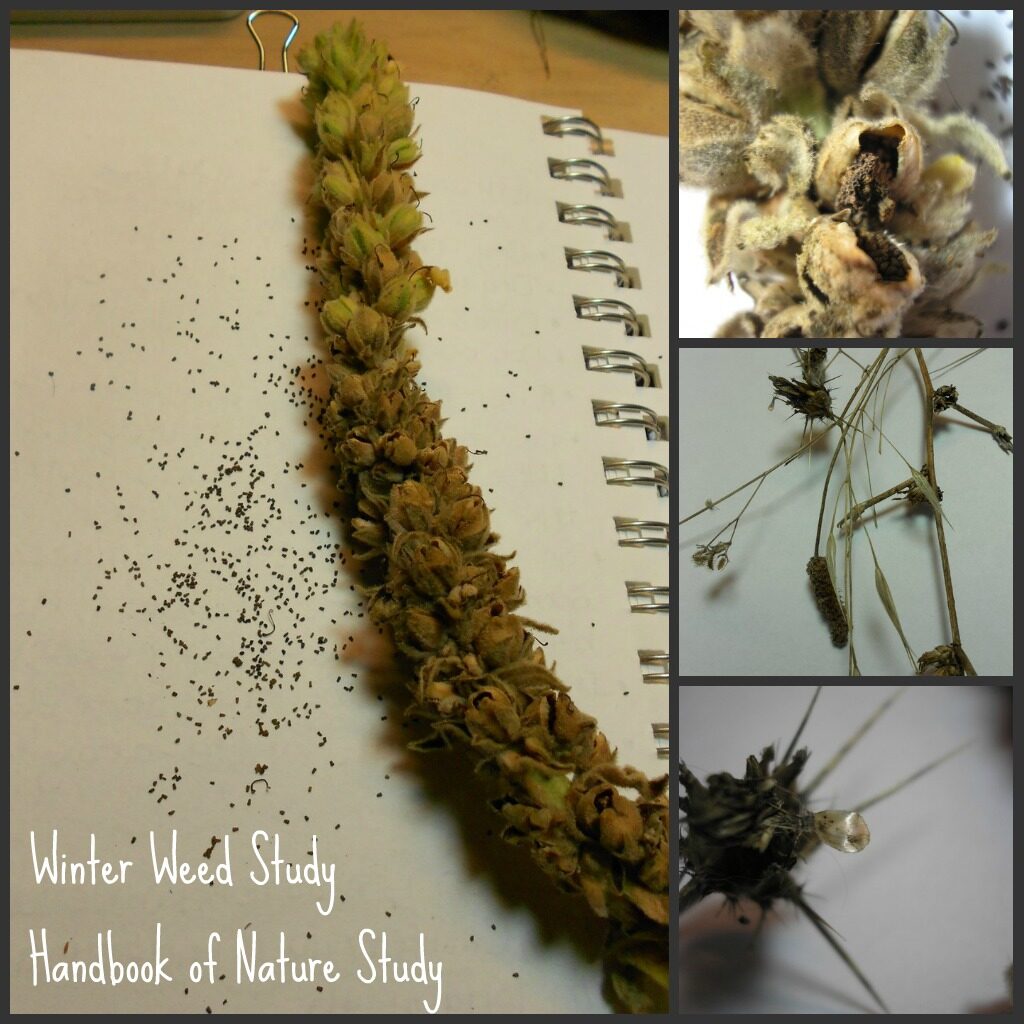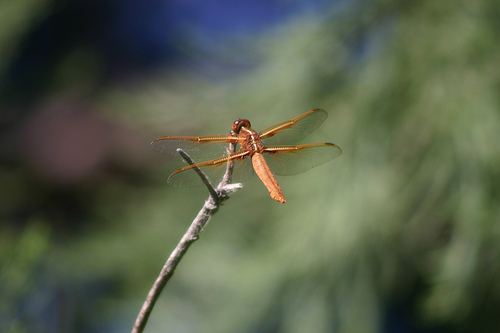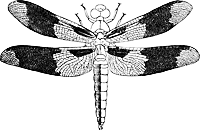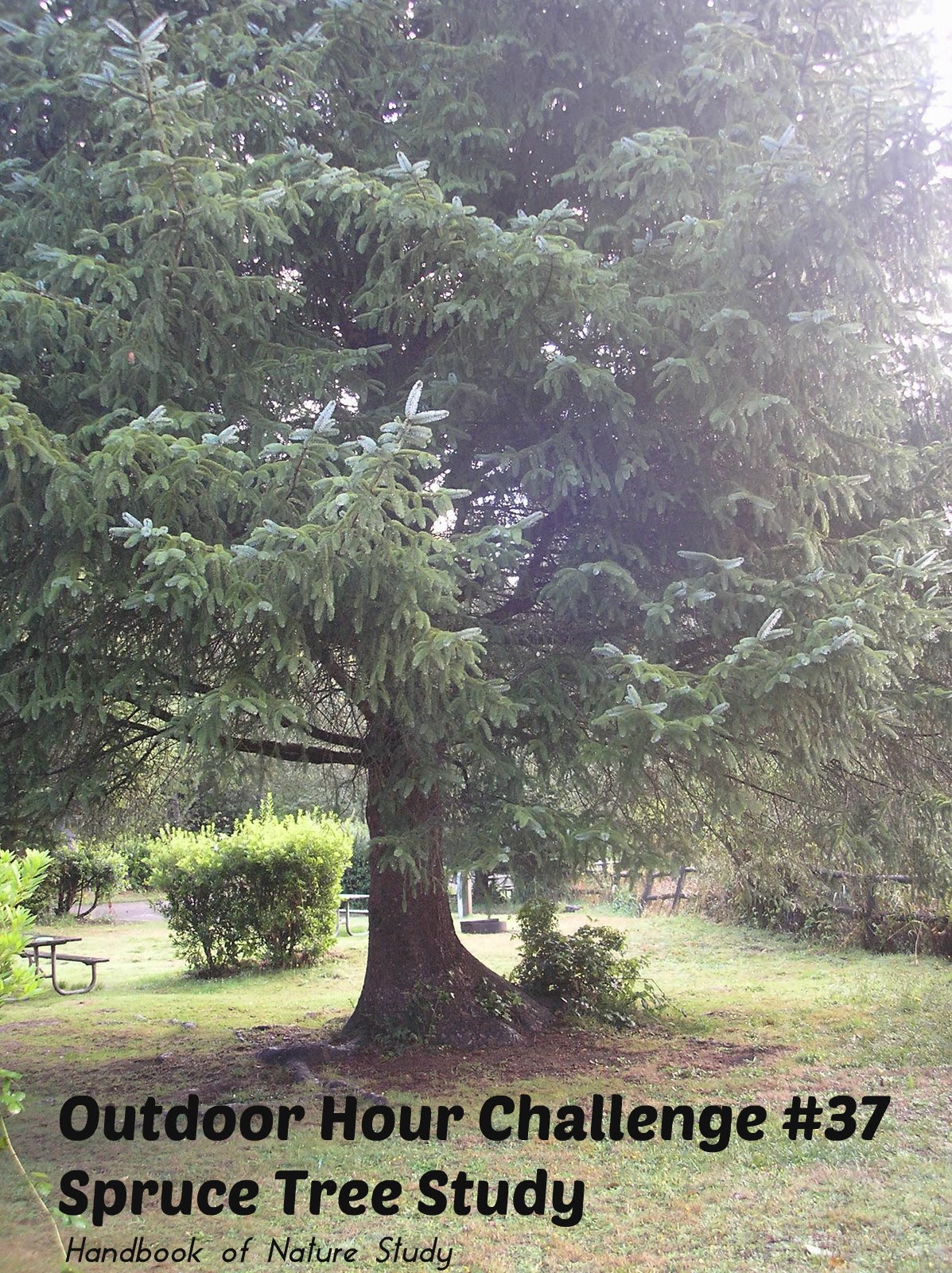 |
| Sitka Spruce |
We had our eyes open for a spruce when we were traveling in Oregon and we discovered that the Sitka spruce was in just about every campground that we stayed in this time around.
The cones are interesting and the tree itself is very pretty. If you look closely at this photo, you will see the cones hanging on the branch.
One night we had our tent under a spruce and a storm blew in after we had crawled into our sleeping bags. The trees howled and the rain poured and it was sort of a wild night. In the morning the rain had stopped but we still had the drip, drip of the raindrops from the tree falling on our tent. We at first thought it was still raining until we unzipped the rain fly and realized the sun was peeking out and our “rain” was really just left over drops coming from the spruce.
I guess that’s what happens when you go camping in Oregon during the month of October.
Here are some other photos from that trip that are interesting.
I think this is the perfect mushroom. We saw lots of these when we were hiking and they were something new to me. I think this sparked my interest in “flowerless plants” so that is why they are going to be included for a few weeks in the Outdoor Hour Challenges. The boys and I would like to learn a bit more about mushrooms.
These two are such great travelers. Can I just say now how grateful I am to be able to homeschool them through high school? I think that so many of us get overwhelmed at the idea of homeschooling in the teen years but this is the best part of the whole experience. It is hard, don’t get me wrong. But here we are on a school day in October, standing and taking in the fresh ocean air and the peace of the moment. Right after this they had to find a way to hike down and throw some rocks in the water. There actually was a trail if you looked hard enough. Of course there was some sort of sea cave and that spurred on some more discussion about the power of waves.
This photo shows that not all our time outdoors has to be about nature study. We actually do spend time just throwing the frisbee around the campsite. That is a spruce tree in the background.
Here is something interesting from our trip as well and it tied into our study of trees during this time.
One campground we stayed at in Northern California had a recreated Native American village. This is one of the structures that was a family dwelling and the boys were fascinated by the circular door openings. This area was inhabited by the Yurok tribe and the buildings were all built of local redwoods.
Here is the sweat house in the village. They actually still use this for ceremonial activities.
I am not sure what kind of tree this is but I thought it was just so interesting growing right there out of the cliff along the Pacific Ocean. It was just so nice to look at and enjoy as we took in the horizon.
Okay, enough about trees. This was a great challenge for us and I know I had the advantage of knowing ahead of time that we needed to be looking for spruce trees. Challenge #38 is going to take some ingenuity to find an elm, hickory, or chestnut tree. We are up to the challenge though.

